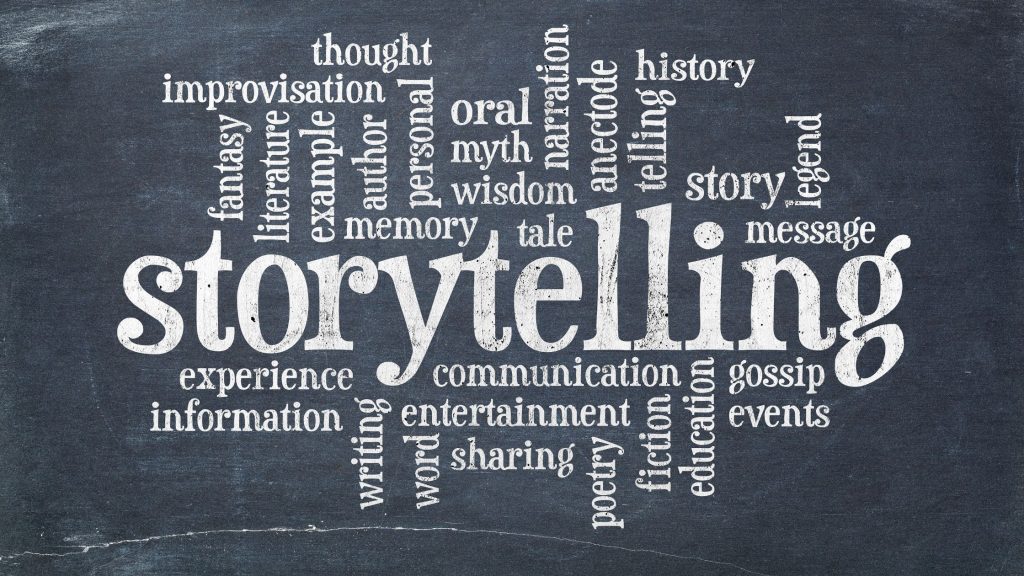Have you ever wondered or asked yourself, “What is a word cloud?” If so, you’re in the right place! A word cloud, sometimes referred to as a text cloud or tag cloud, is a visual presentation of textual data displaying the most frequently used words within a set of documents.
This article explores the fascinating universe of word clouds and sheds light on their primary purpose, including how to create them for your needs.
| ☑Quick Answer |
| A word cloud is a visualization presentation tool that showcases the most commonly-used words in a text. It is typically used to reveal sentiment, get in-depth insights into popular concepts, and provide instant analyses and visualization of word data and feedback. |
What is a Word Cloud?

A word cloud, sometimes called a text cloud or tag cloud, is a visual representation of text data. The size of each word indicates its importance or frequency within the given text. Words in a word cloud are typically displayed in different sizes, colors, or fonts. More prominent words appear bolder and larger, while less significant words, which are less noticeable, are smaller.
You can create word clouds by analyzing a body of text and identifying the most frequently occurring words. These words are then arranged in a visually appealing manner, often in a scattered or random fashion. A few word cloud generators allow for more customized or structured layouts. The resulting image provides an intuitive and quick way to visualize the main topics, themes, or even keywords present within the text.
What is a Word Cloud Used For?
Word clouds have become quite popular in several fields. This is primarily due to their ability to present and summarize textual data in a visually engaging fashion.
If you are also asking, “What is a word cloud used for,” here are your answers:
1. Data visualization
Word clouds are a visually impressive representation of textual data. They are avenues via which people find it easier to grasp the major patterns, trends, or ideas within a large body of text at a simple glance.
Word clouds help identify the most frequently occurring key terms or words, providing a concise summary of any information. That is why they are handy for market research, monitoring social media, and data exploration.
2. Text analysis
Word clouds are useful during text analysis tasks like sentiment analysis, topic modeling, or content analysis.
When analysts and researchers visualize word frequencies, they gain in-depth insights into the main sentiments or themes expressed within a text corpus. This, in turn, helps them in their quantitative or qualitative analyses.
3. Presentations and communication
Text clouds are highly effective for presentations and communication. They readily convey solid, complex information in a memorable and visually appealing way because they are usually in a graphical format.
That is why word clouds are often employed in business meetings, educational settings, reports, and conferences to emphasize key points or highlight critical concepts.
4. Marketing and social media campaigns
Word clouds are used significantly in marketing campaigns, social media analysis, and brand monitoring. Anyone can generate word clouds from social media posts, surveys, or customer reviews to pinpoint recurring keywords, popular topics, or sentiment patterns linked with a particular campaign or brand.
5. Creativity and design
Word clouds are creative outlets for representing textual data visually. You can customize tag clouds regarding layouts, fonts, and color schemes. This enables users to create aesthetically pleasing visuals corresponding to the context in which the word cloud is utilized or their inherent design preferences.
Creating Word Clouds
Now that you have gotten your answer to the “what is a word cloud” question, you may be curious about how you can create word clouds.
But before creating a word cloud, you need to do the following:
- Gather and prepare data for the word cloud generation.
- Determine the authenticity and source of your data.
- Collect the data and clean it up by removing irrelevant characters, words, numbers, stop words, etc.
- Normalize the text by converting all characters to lowercase.
When you’ve done all these, the next step is to choose the right software or tool for creating your word cloud.
There are several software options and tools for creating appealing word clouds. But the most popular and trusted ones include:
- Wordle
- WordCloud (Python)
- Tableau
- TagCrowd
Each tool works differently, so you may have to pick one and go all the way with it.
Word Cloud Best Practices

The following are best practices you should always keep in mind when creating word clouds:
- Always randomize word placements to prevent bias or clustering
- Arrange the words in a balanced and visually appealing manner
- Filter out common words like prepositions, articles, etc. Choose words reflecting the main concepts, themes, or trends you highlight.
- Always choose colors that complement the overall design and one another.
- Always use the ideal font weight and size that represents the frequency or importance of words.
- Select and use the appropriate background that enhances the readability of your word cloud.
- Always use relevant and reliable data sources. Clean and pre-process your data to eliminate irrelevant information, duplicates, or noise.
Remember all these, and you will always have an effective word cloud design.
Frequently Asked Questions (FAQs)
1. What is a word cloud activity?
A word cloud activity involves asking participants a question, and they submit one or two-question answers into an application. All these submissions or answers gather in word collages, i.e., a cloud composed of words.
Conclusion
Word clouds are an effective and versatile presentation tool for analyzing and visualizing text data. They highlight the most frequently used concepts and words and provide valuable insights into the sentiment and themes of a text.
Whether you’re a researcher, student, or even a business professional, word clouds will help you gain a more in-depth understanding of your data.


